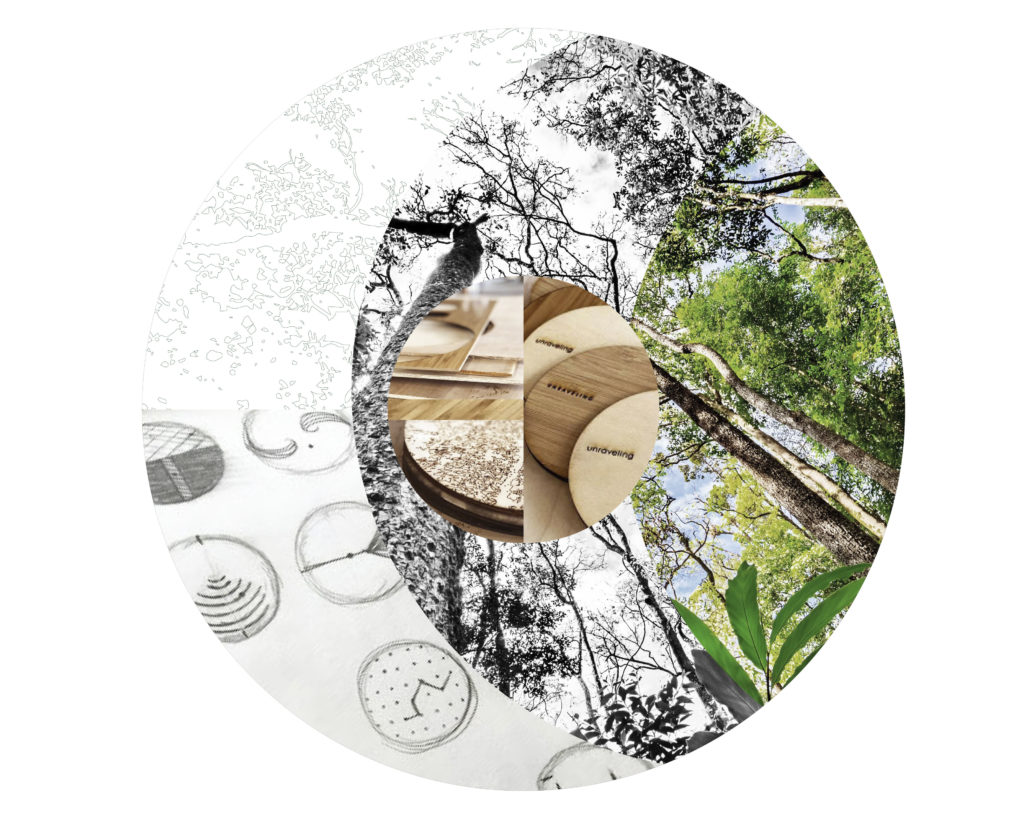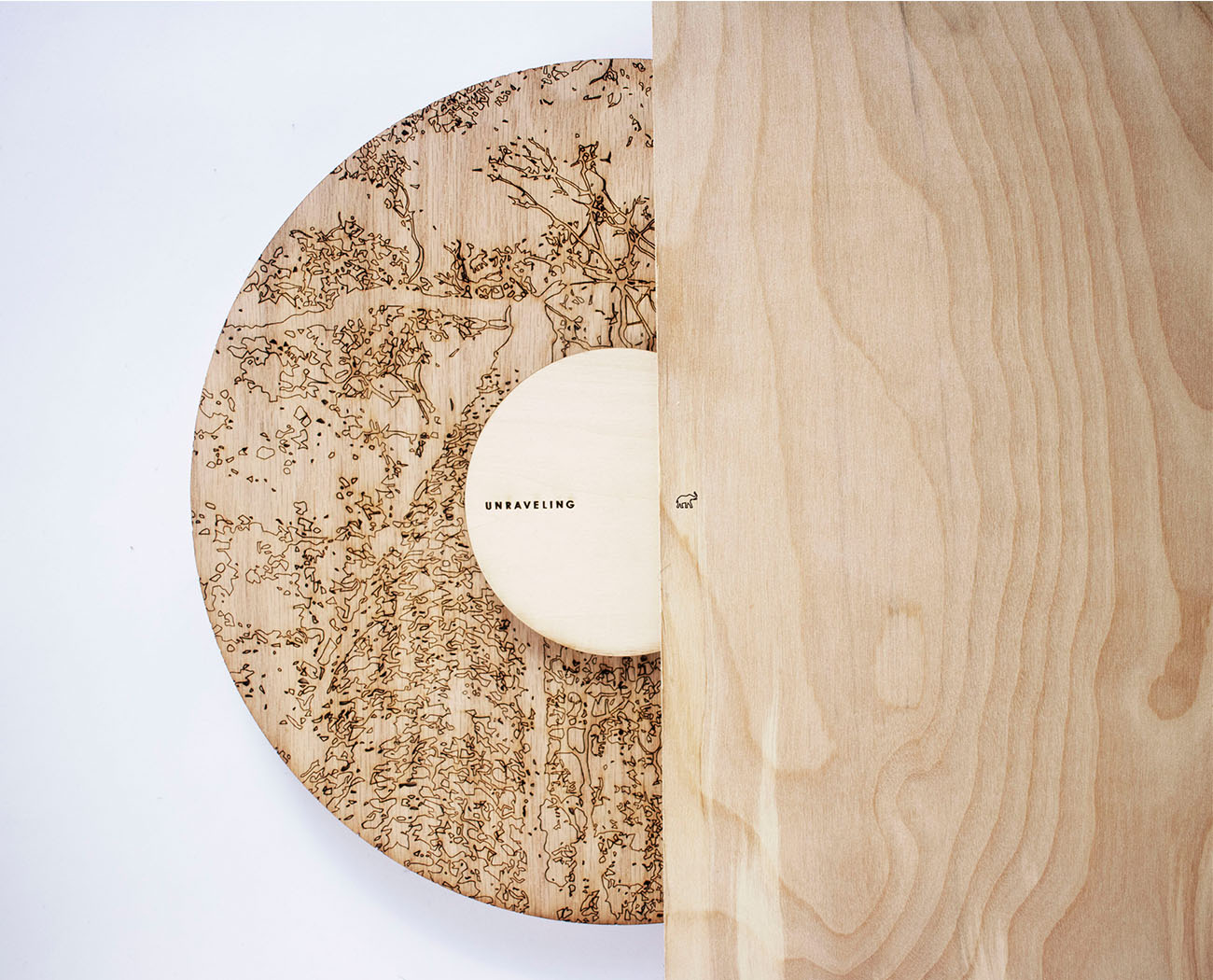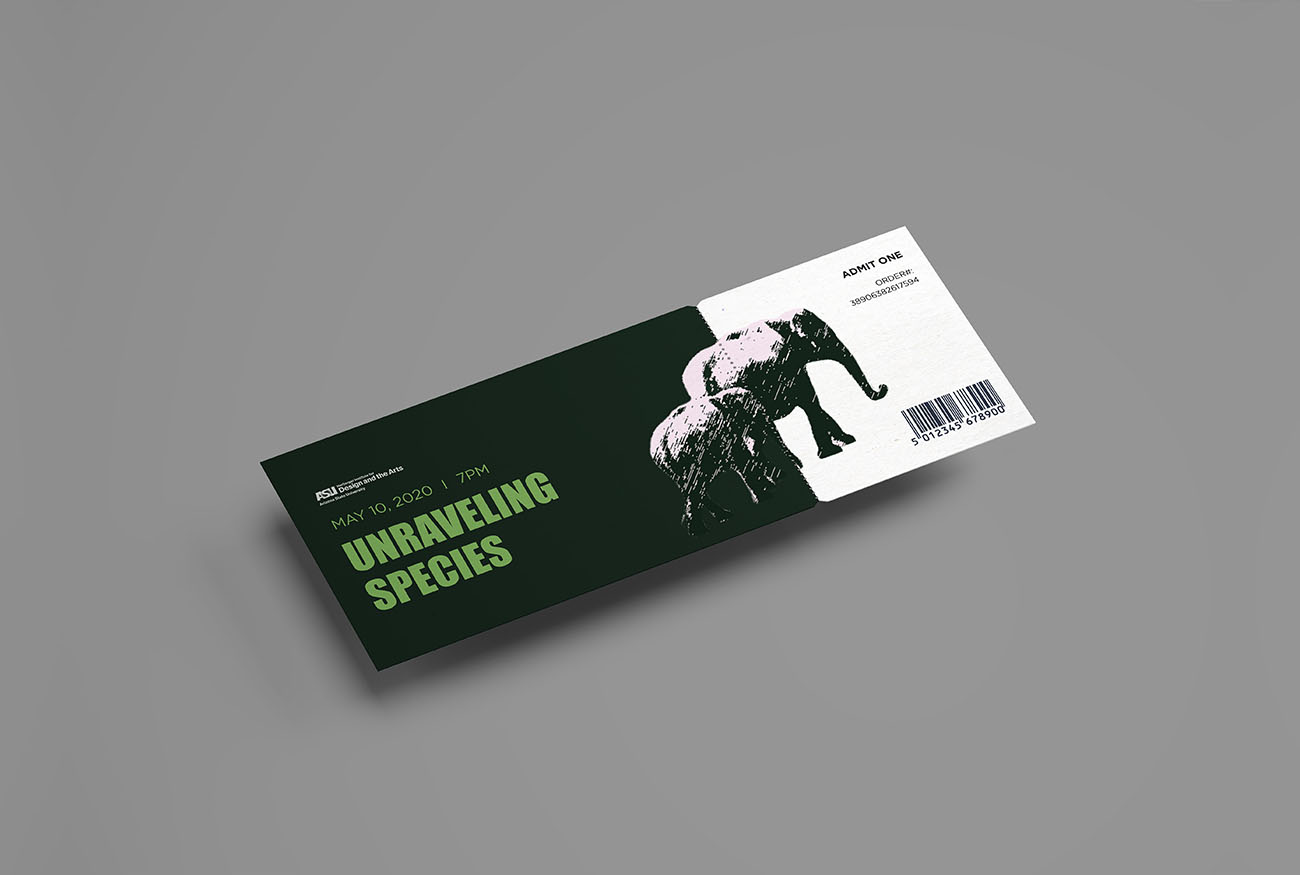2019-2020
There are approximately 5 million species on this earth today, and only about 1.5 million have been formally described. That being said, we are currently on the verge of the sixth mass extinction. Scientists estimate we’re now losing species at up to 1,000 times the background rate, with as many as 30 to 50 percent of all species possibly heading toward extinction by mid-century (Ritchie l The Conversation l 2013). Extinctions are part of the natural cycle of our planet. But unlike past mass extinctions that have been caused by natural events such as asteroid strikes, climate shifts, and volcanic eruptions, the current crisis is almost entirely caused by humans. “In fact, 99 percent of currently threatened species are at risk from human activities, primarily those driving habitat loss, introduction of exotic species, and global warming” (Platt, Scientific American, 2010).
Software
Illustrator
Photoshop
InDesign
SketchUp

The Clock
During the first semester of your senior year in the graphic design program at ASU, every student is introduced to the social issue clock project. This project challenges you to design and construct a functioning clock with the material of your choice, and it must include at least an hour and a seconds hand. I wanted my clock to spark interest in a simple way that gave people a glimpse of the overall issue. There are thousands of species that are currently endangered. But I thought what better way to create an emotional connection with my viewers than to make them sympathize with one very incredible animal, the elephant. African forest elephants to be exact. This specific species is highly endangered and is a very essential part of our ecosystem. “According to research published in Nature Geoscience, the endangered species of forest elephants in Africa promote the growth of large trees that excel at storing carbon. Should these forest elephants disappear, scientists estimate, Central Africa’s rain forest will lose about three billion tons of carbon” (Nuwer l New York Times l 2019).

The Exhibit
Many people often view humans and animals very differently, but we are more connected to animals than we may realize. Biodiversity is essential to human health. This refers to the variety of living species on Earth, including plants, animals, bacteria, and fungi. Because humans share ecosystems with endangered species, our quality of life and survival is directly linked to them. According to the International Union for Conservation of Nature’s Red List, which provides the global conservation status of animals, fungi and plants, there are over 28,000 species that are threatened with extinction. That’s 27% of all assessed species.
Early in the process of conceptualizing my exhibit, I knew that I wanted the display to be about the important connections between animals and humans. Many people don’t realize how different species affect our lives since many of them live far away from us. For this reason, I aimed to create an exhibit that would educate my audience about these essential species in an interesting and interactive way. My research really opened my eyes about how different animals give us certain resources that we need to survive. I was overwhelmed with how much information I wasn’t aware of and I wanted to make sure that I communicated this information in an understandable way for my audience. The exhibit is designed to make it easy for viewers to participate and learn from the interactive display.























